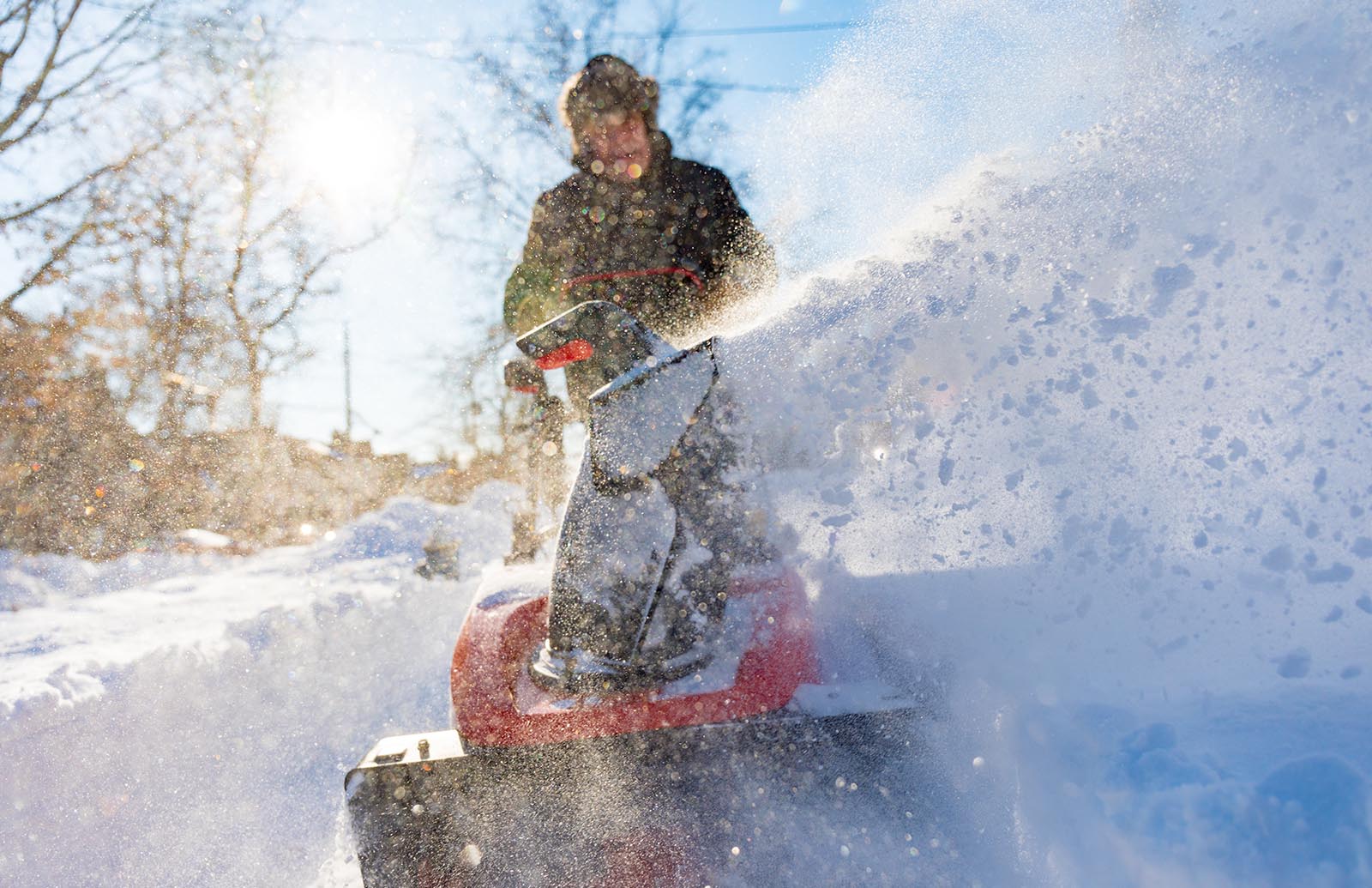Revolutionary Phase-Change Concrete Can Melt Ice And Snow On Its Own
A new type of phase-change concrete could completely revolutionize how we handle icy conditions. That's because the new concrete is capable of melting ice and snow, removing the need to use salt or shoveling.
Scientists have created a new self-heating material that could heavily reduce the amount of plowing and salting needed to keep roadways safe. As it stands, more than 70% of roads are within snowy regions, the US Department of Transportation (DOT) claims. As such, there are many times throughout the year when 70% of our roads may become too dangerous to drive on with great safety.
This new material, which is highlighted in a new study, could greatly change that. Currently, one of the main methods we rely on to combat icy conditions is the use of salt to help prevent it. However, the highly concentrated salt used on roads can actually cause them to deteriorate faster. But, a phase-change concrete could remove the need for salt altogether.

It's a novel idea and something that sounds like it was ripped right out of a piece of science fiction media. But it also isn't the first time we've seen researchers doing cool things outside the box with concrete. We've also seen energy-storing concrete capable of holding onto unused energy and then releasing it when it is needed.
The main goal of phase-change concrete is to keep the surface temperature of the concrete above freezing. This makes it harder for snow and ice to accumulate on the surface. The researchers also used a material known as paraffin. Paraffin is a "phase-change" material because it releases heat when it moves from a liquid state at room temperature.
Thus far, the new concrete has only been tested in controlled scenarios. However, the latest test was conducted by the researchers in real-time, under real-world conditions – something made possible thanks to the researchers being located in Pennsylvania. The researchers tested two different methods of adding paraffin to the concrete and tested those two against one slab with no added paraffin.
They found that the phase-change concrete was capable of melting snow and ice for around 10 hours when air temperatures dropped below freezing by maintaining a surface temperature of 42 degrees to 55 degrees Fahrenheit. It was able to melt a couple of inches of snow at a rate of around a quarter inch per hour, the researchers revealed.
